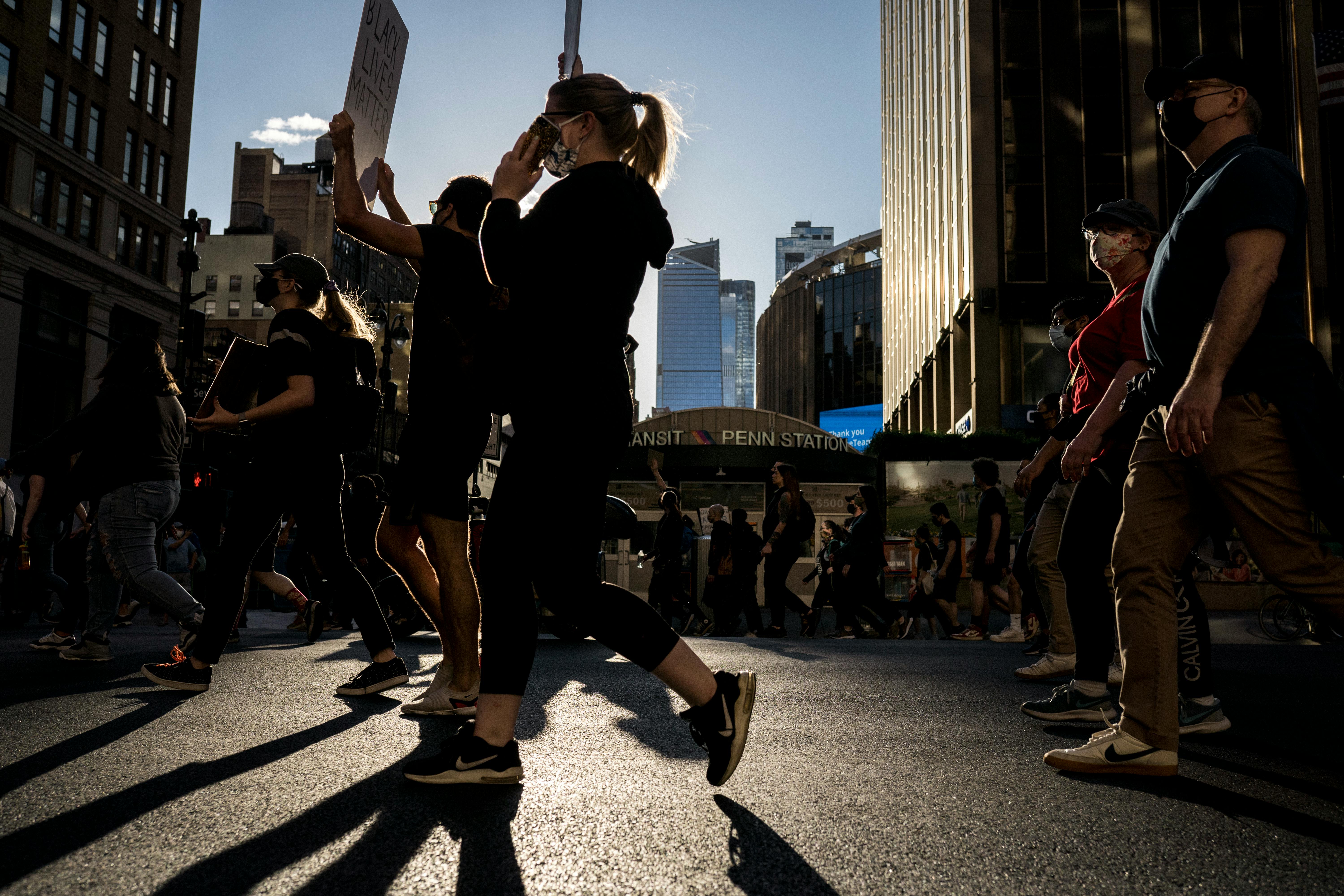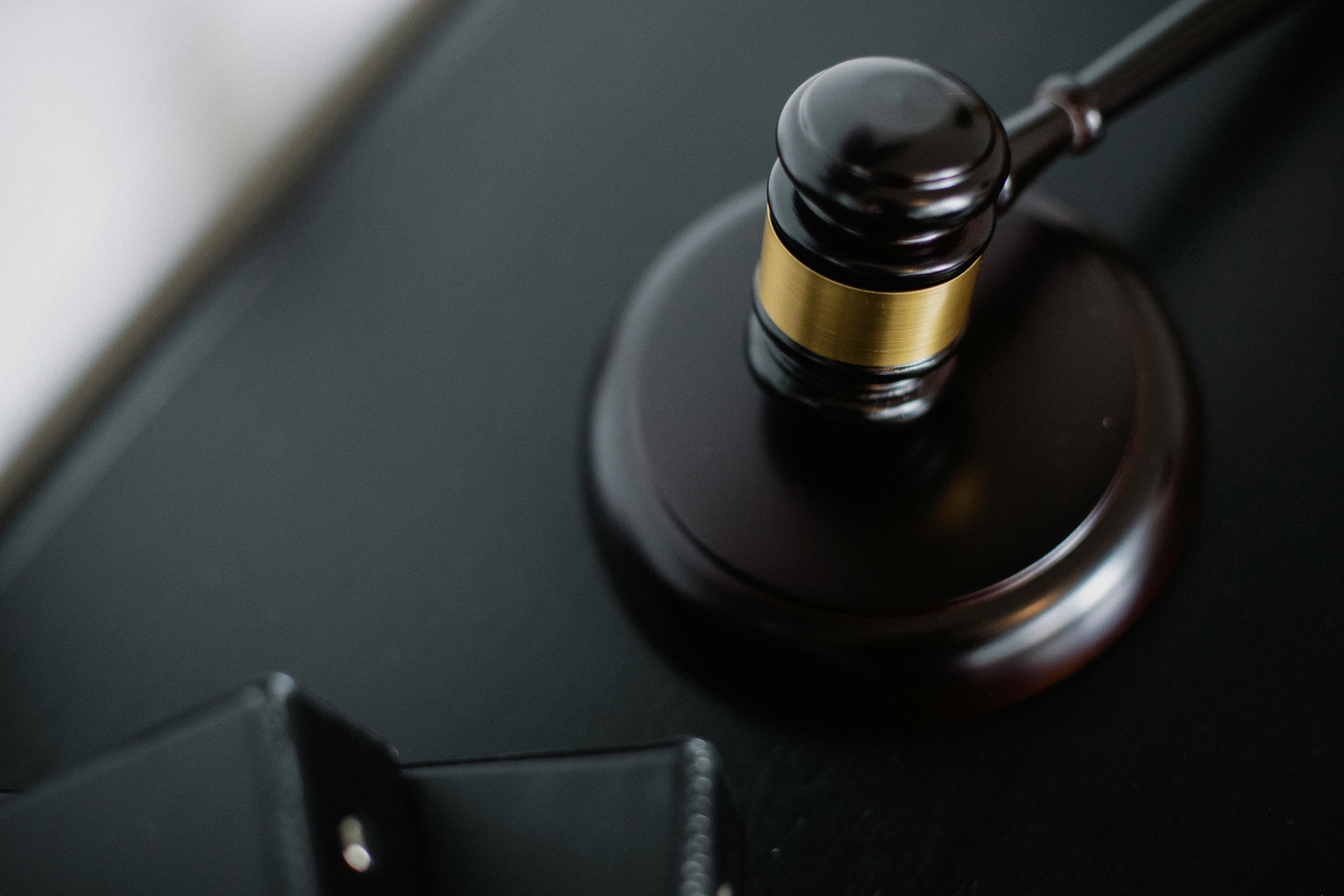Physics is what drives skates, whether it’s traditional skates or new age inline skates. The world is all about science. And when it comes to talking about the science behind how things work, it’s physics.
Newton’s law of motion is made up of three basic laws. Instead of going from Laws 1 to 3, let’s go in the order the skater starts skating and eventually stops. In this way, understanding the underlying laws becomes easy.
Starting the skating process
The skater begins the skating process by pushing their toes and heels into the ground, in the opposite direction from which they want to move. Here the energy of the muscles (potential energy) is transferred to the wheels (kinetic energy) of the skates. The skater moves because the ground exerts an equal and opposite force on the wheels, causing them to spin.
This is governed by Newton’s third law of motion, which states that “every action has an equal and opposite reaction.” The action here was to push off the ground with the skates and the equal and opposite reaction was to push the skater forward.
As this happens, the wheels turn due to a torque produced by ground friction. This friction is called static friction. This force causes one surface to slide over the other. It happens that when the skates move forward, the surface of the Earth moves backwards to allow the skater to move. Sound weird?! Well, the Earth is so big that you hardly notice it slipping a few millimeters to the other side!
Repeat the process to gain speed
To continue, this whole process is repeated over and over again to gain speed. This is governed by Newton’s second law, which states: “The rate of change of momentum is proportional to the force imposed and is in the direction of the force.” It means that if you push twice as hard, the acceleration will double.
It also indicates that if you push to the other side, you will decelerate, that is, you will reduce your speed. It also suggests that the heavier the body (or person), the more force is required to accelerate. Therefore, the lighter the person, the faster the acceleration.
sliding with momentum
After a while, the skater will start to slide or slide. This happens solely as a function of the boost gained from the previously obtained high speed.
Newton’s first law of motion states this as: “A body remains at rest or in motion with a constant velocity unless acted on by an external force.” That is, the skater will continue to slide unless stopped by applying the brakes or hitting someone or falling and tripping due to loss of balance.
This is how physics and skating are related by Newton’s laws of motion. The next time you skate, experience it through the eyes of a doctor.




